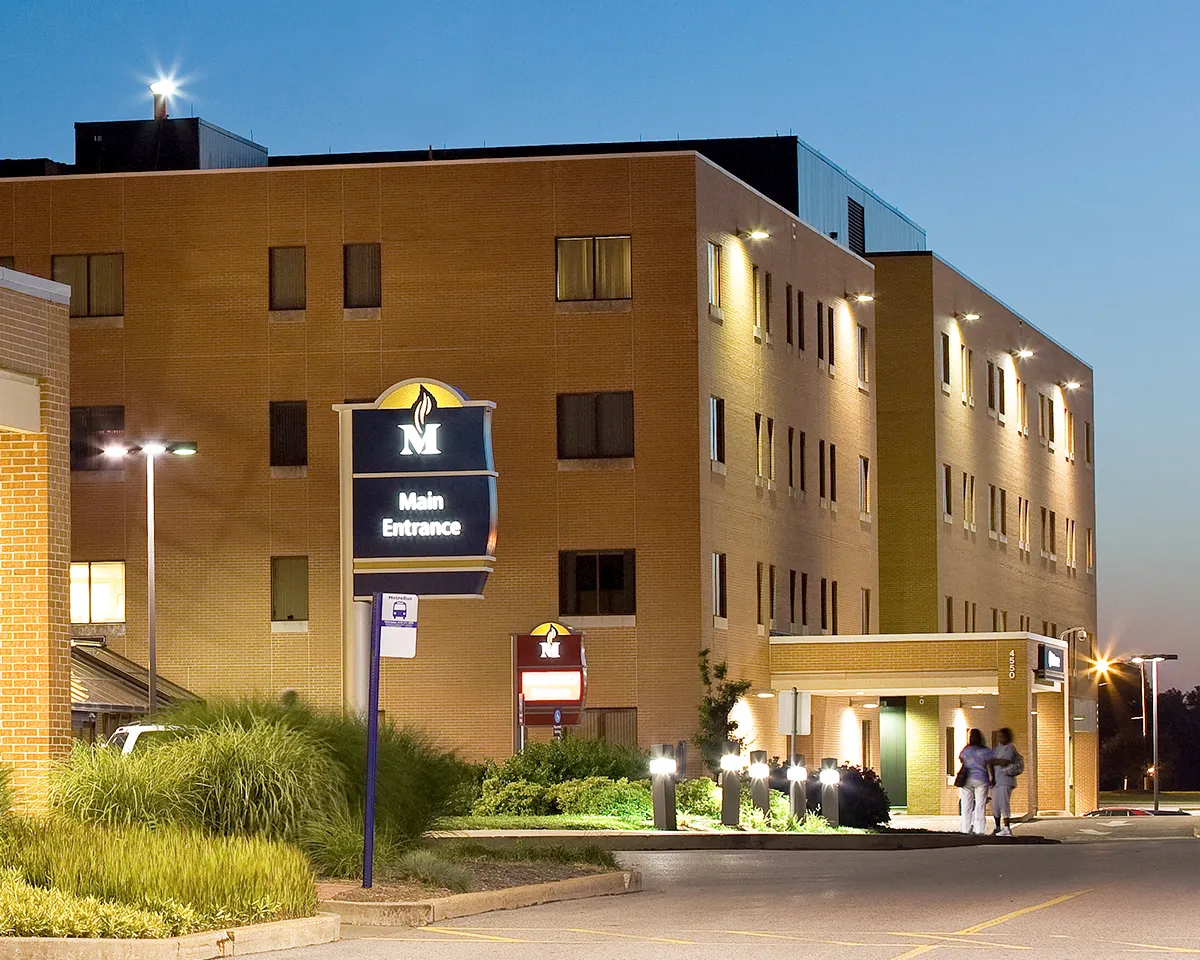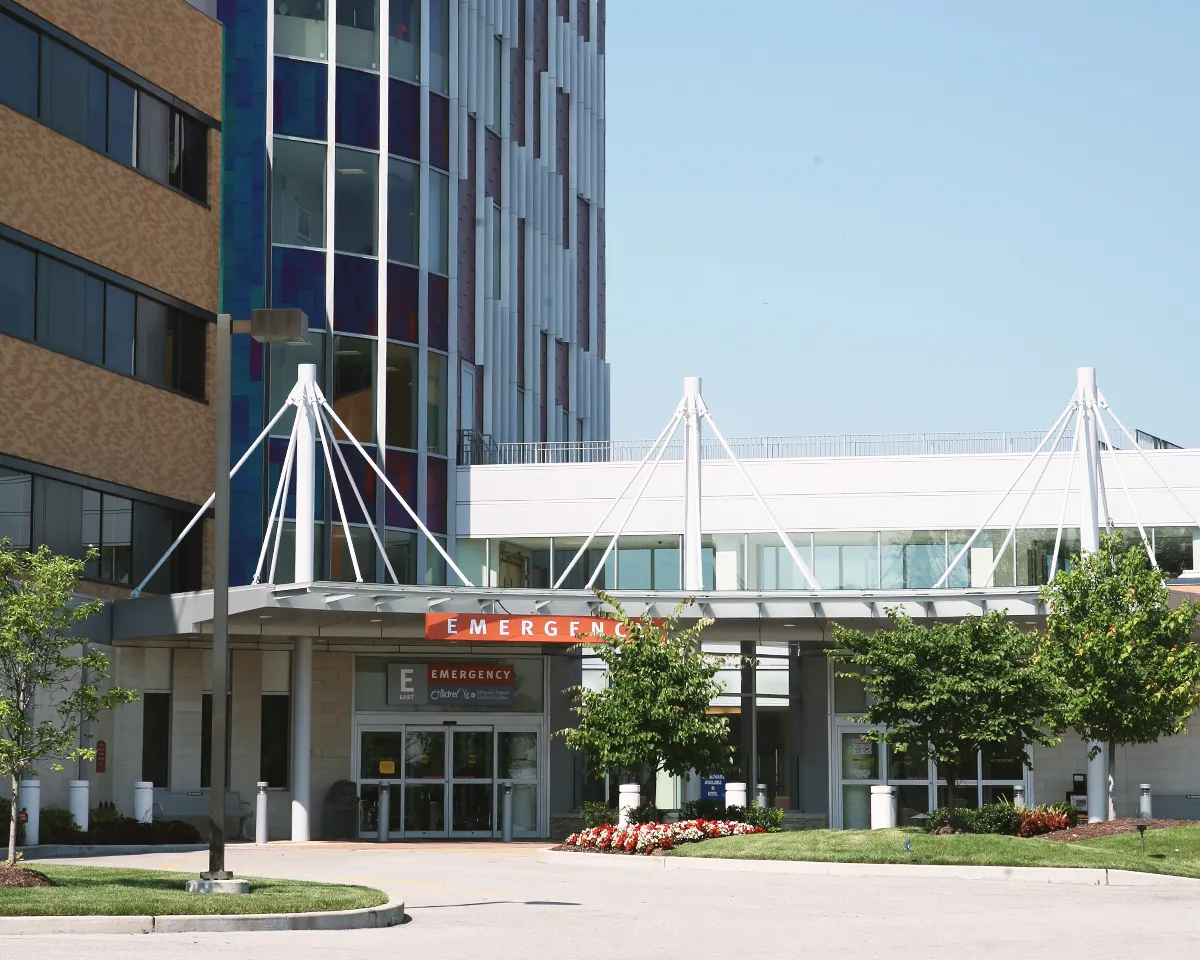Spinal Tumors
Spinal tumors are rare, which can be worrisome. But our team treats hundreds of them every year. We are among the nation’s most experienced spine tumor specialists. Our team uses advanced techniques to remove the tumor carefully and preserve your quality of life.
BJC HealthCare works with Washington University physicians, BJC Medical Group, and providers across the region to deliver extraordinary care. Spinal tumors can affect your bones (vertebrae), spinal cord or its protective covering. They form near delicate tissue controlling movement and senses, which is why it’s essential to receive care from a top program such as ours. Internationally renowned neurosurgeons and orthopedic surgeons who maintain excellent outcomes guide your care. We offer:
Uncommon expertise: Our experts deliver outstanding care and lead research that’s advancing the field. We are part of Siteman Cancer Center, the only National Cancer Institute-designated Comprehensive Cancer Center in Missouri. U.S. News & World Report also ranks BJC locations among the top cancer facilities in the nation. You can count on us for an accurate diagnosis and the best available therapies.
Compassion: We recognize the questions spinal tumors may raise about your future. Our expert surgeons take time to listen to what you have to say and offer answers in ways that are easier to understand. We help you make informed care decisions and explain what to expect.
Connected and comprehensive care: Spinal tumor experts collaborate with other BJC specialists to deliver seamless, personalized therapies. Your care team may include neurologists, medical oncologists, radiation oncologists, neuroradiologists, neuropathologists (diagnostic specialists) and more. We are in regular communication to tailor therapies that keep your care moving forward.
Innovation: Our experts have had a hand in developing promising new surgical techniques for spine tumors. These include minimally invasive surgery with smaller incisions that are gentler on delicate tissue. We are also pioneers in intraoperative MRI, which helps us pinpoint tumor tissue during surgery with precision.
Our expertise includes noncancerous (benign) and cancerous spine tumors, including:
- Chondrosarcoma of the spineBone cancer affects cartilage cells that sometimes develop in your spine.
- ChordomaThis slow-growing cancer can develop in any part of your spine. But it usually occurs toward the top or bottom of your spine.
- Eosinophilic granulomaBenign tumors occur when there is an excess of immune cells. They typically grow near large bones but can also develop in your spine.
- Giant cell tumorsBenign bone tumors develop in many parts of your body, including your vertebrae. These tumors typically affect joints of the lower extremities, like the knee, lower thigh and upper shin bone.
- OsteoblastomaThis noncancerous bone tumor typically occurs in the long bones of your legs and vertebrae of your lower spine.
- SchwannomaTumors develop in Schwann cells, which protect your peripheral nervous system.
- Spinal astrocytomaSpinal cord tumor starts in star-shaped cells called astrocytes that support nerve system functioning.
- Spinal meningiomaBenign, slow-growing tumors affect your spinal cord's protective membranes (meninges).
Non-surgical treatments may remove trace levels of cancer that remain after spinal tumor surgery. You may also benefit from these therapies if you cannot have surgery. These treatments may shrink the tumor and provide symptom relief. Offerings include specialized support throughout your care journey.
Non-surgical spinal tumor treatments include:
Surgery is the primary treatment for spinal tumors. Our team uses sophisticated techniques to deliver the safest, least invasive treatment. And our experience in treating a high volume of spinal tumors helps us remove them successfully while protecting your spinal cord and column.
Your procedure may involve:
 Barnes-Jewish Hospital
Barnes-Jewish Hospital Memorial Hospital Belleville
Memorial Hospital Belleville Missouri Baptist Medical Center
Missouri Baptist Medical Center
Schedule your appointment
Call (314) 362-9355 or (800) 392-0936 to schedule your appointment with a specialist.